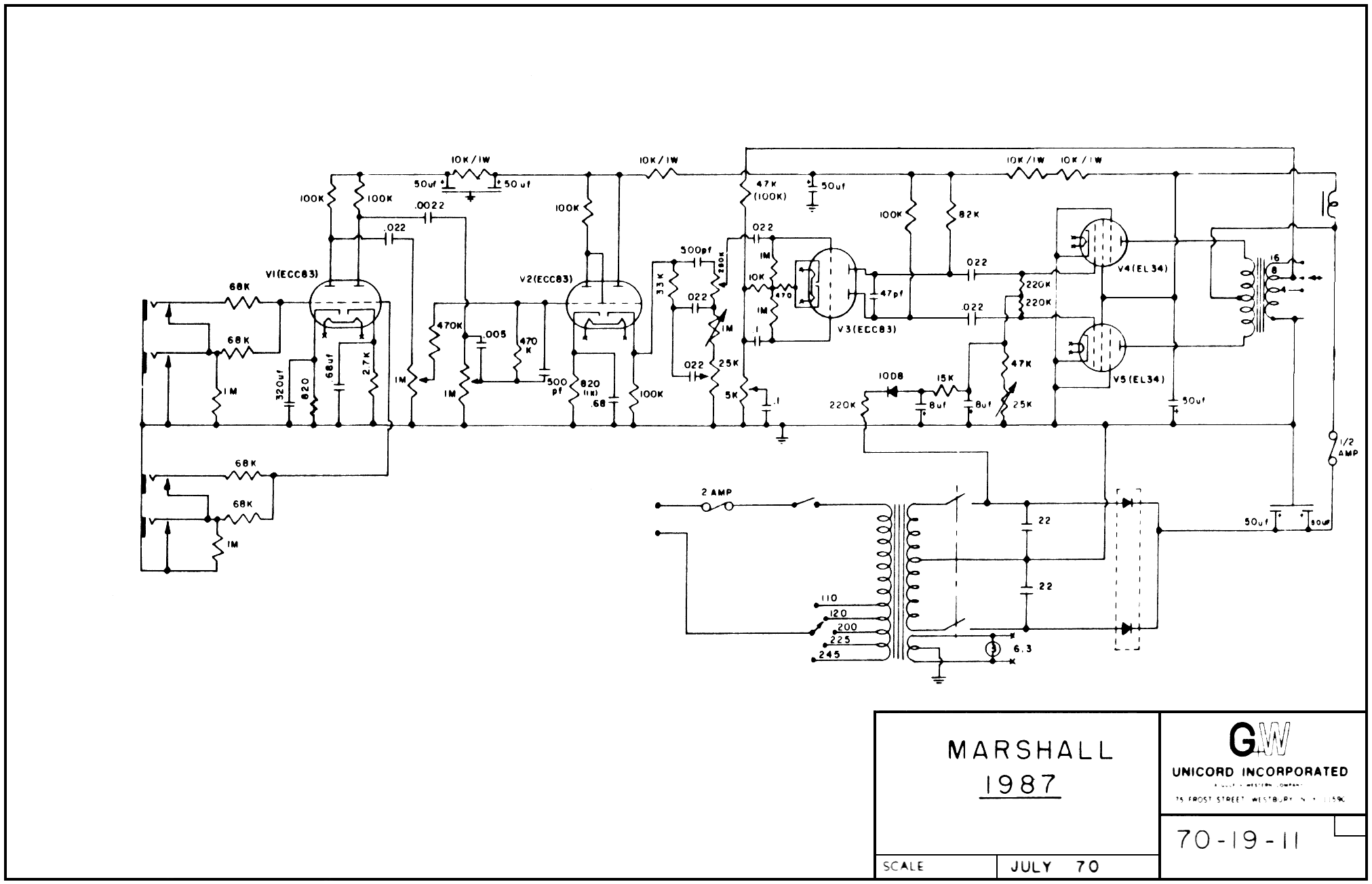I've attached a photo of a Twin Reverb I'm servicing which had been recapped a few years back. I have circled a .02 cap across the (2) .1 caps which is something I haven't seen before. Can someone be kind enough to clue me in on the purpose of this cap.
Please see below. The cap value is wrong. It is actually 82pf/500v.
Please see below. The cap value is wrong. It is actually 82pf/500v.

Comment